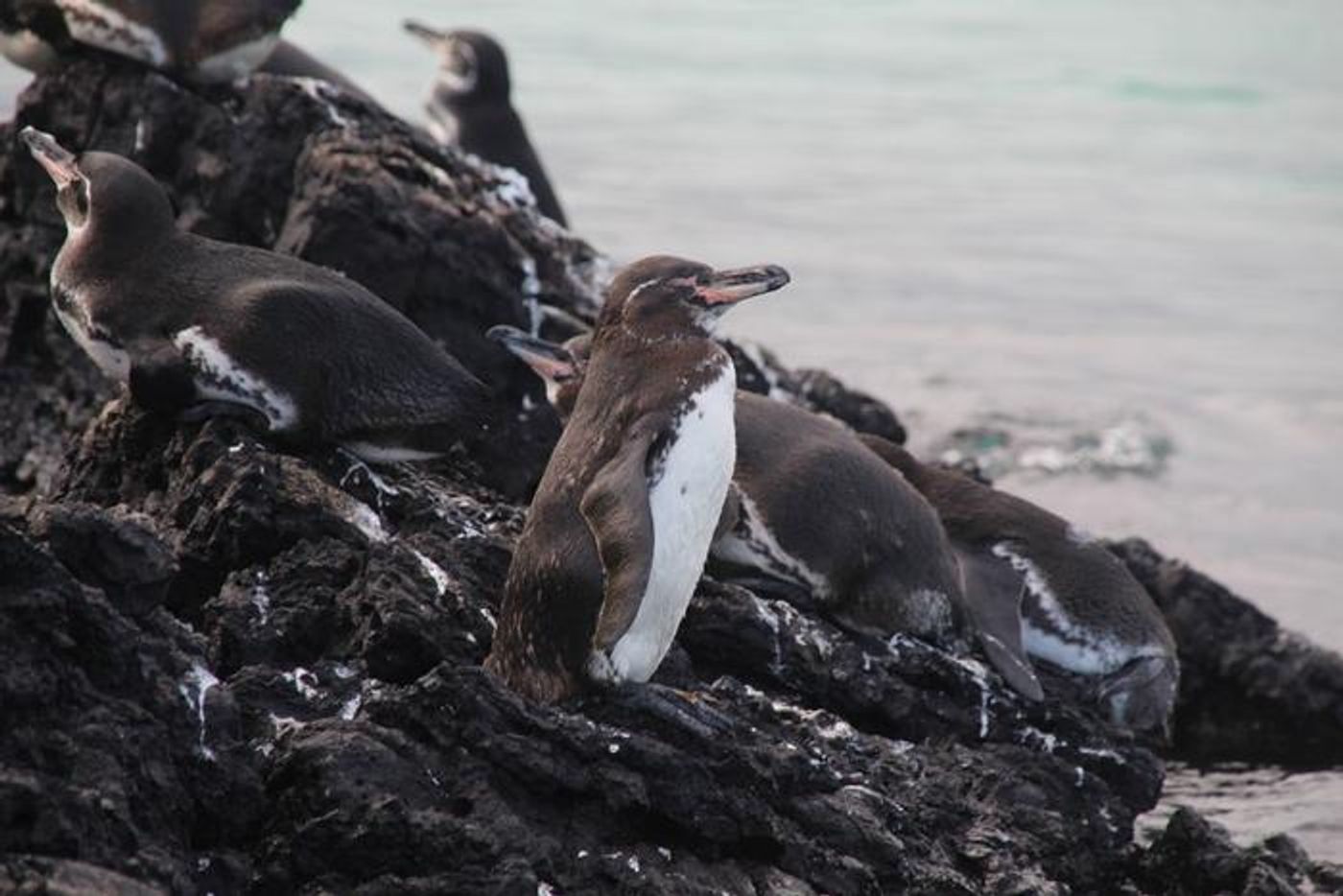Galápagos Islands Face Growing Concerns Over Microplastic Impact on Wildlife
How do microplastics impact marine ecosystems? This is what a recent study published in PLoS One hopes to address as a team of researchers from Canada and Ecuador used models to investigate how microplastics impacted the food webs of Galápagos penguin colonies that reside on the human-populated Santa Cruz Island. Their goal was to ascertain how these models could impact Galápagos species around the world, specifically the Galápagos Islands off the coast of Ecuador, and holds the potential to help researchers, conservationists, and the public better understand the role of microplastics in ocean pollution.
For the study, the researchers examined the diet of the Galápagos penguin that is comprised of anchovy, salema, herring, sardine, and barracuda, and used a series of models to estimate how much the accumulation of microplastics within this prey and how much microplastics ended up in the penguins’ guts. In the end, the models predicted a stark rise in both the penguins and their prey, but specifically the penguins demonstrating the largest amount of microplastics per biomass.
Image of a Galápagos penguin on Isabela Islands taken by the researchers in 2021 during the study. (Credit: Karly McMullen, CC-BY 4.0)
“The model predictions highlight the accumulation behavior and residence time of microplastics in the gut,” said Karly McMullen, who graduated with her MS in Oceans and Fisheries from the University of British Columbia and is lead author of the study. “With microplastics emerging as a prominent ocean pollutant, entering the environment every day, there is a growing concern for marine fauna and coastal wildlife, particularly if this anthropogenic threat is reaching even the most remote and protected areas such as the Galápagos Archipelago.”
Microplastics are classified as being plastics that are less than one-fifth of an inch (5 mm) in length and are rapidly becoming a concern for ocean pollution and oceanic wildlife. It is currently estimated that between 50 trillion to 75 trillion pieces of microplastics are currently in the ocean, with 0.25 percent of plastics deposited into the ocean coming from the United States and more than 80 percent coming from Asia.
What new discoveries will researchers make about microplastics and ocean wildlife in the coming years and decades? Only time will tell, and this is why we science!
As always, keep doing science & keep looking up!
Sources: PLoS One, EurekAlert!, The University of Texas at Austin, Al Jazeera









